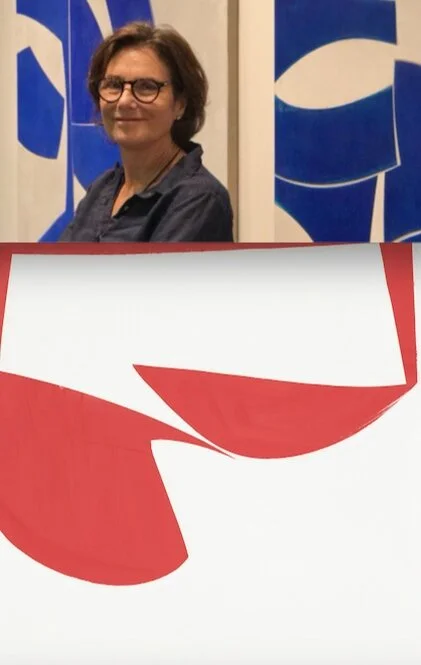gouache
The intense coloration and opaque nature of gouache was attractive and useful to painters in the 13th century in the Middle East. During the 19th century, European painters continued to utilize gouache for unique expression.
Gouache paint has a high concentration of pigment, is bound with gum arabic from the acacia tree, includes clay fillers for opacity, and can be thinned with water.
Gouache
According to the Museum of Modern Art, gouache is “water-based matte paint, sometimes called opaque watercolor, composed of ground pigments and plant-based binders, such as gum Arabic or gum tragacanth.”
Gouache is more opaque than watercolor, with more clay fillers and/or more pigment intensity. Artists have used it for landscapes, portraits, biological studies and design planning.
Technique
Gouache is often used in combination with transparent watercolor. The opacity of gouache and its ingredients create a chalky appearance on the paper. It must be blended carefully if one wants to achieve a smooth transition between tonal areas, as it also dries quickly.
Persian miniatures
Behzad was a Persian painter who lived in the late 1400s and resided in what would be present day Afghanistan. Subject matters consisted of scenes of royal and religious themes as well as daily life. These miniature paintings would be contained in an album called a ‘muraqqa.’
Carefully painted and extremely detailed scenes would be painted with gouache, watercolor, and other binding materials. Behzad used geometric structure to organize his work with symbolic color schemes and a more natural treatment of figures than his artist peers.
The chalk-like surface qualities of gouache can be effective in creating unique textures when used to overlay drawings or when mixed with watercolor, charcoal, pastels or even gold leaf.
gouache. https://www.moma.org/collection/terms/47
Lentz, Thomas, “Changing Worlds: Bihzad and the New Painting,” Persian Masters: Five Centuries of Painting, ed., Sheila R. Canby, Bombay, 1990, pp. 39–54.














!["Alfred Crowquill [Alfred Henry Forrester, 1804–1872], Original Designs for Pottery and Porcelain, ca. 1845–1855," with Drawing of Lily Cup 1845–55 Alfred Henry Forrester, British](https://images.squarespace-cdn.com/content/v1/5d276316f112b90001e0bf50/1571710608279-KCUOWF9XP291FX6VXI5D/main-image.jpeg)







